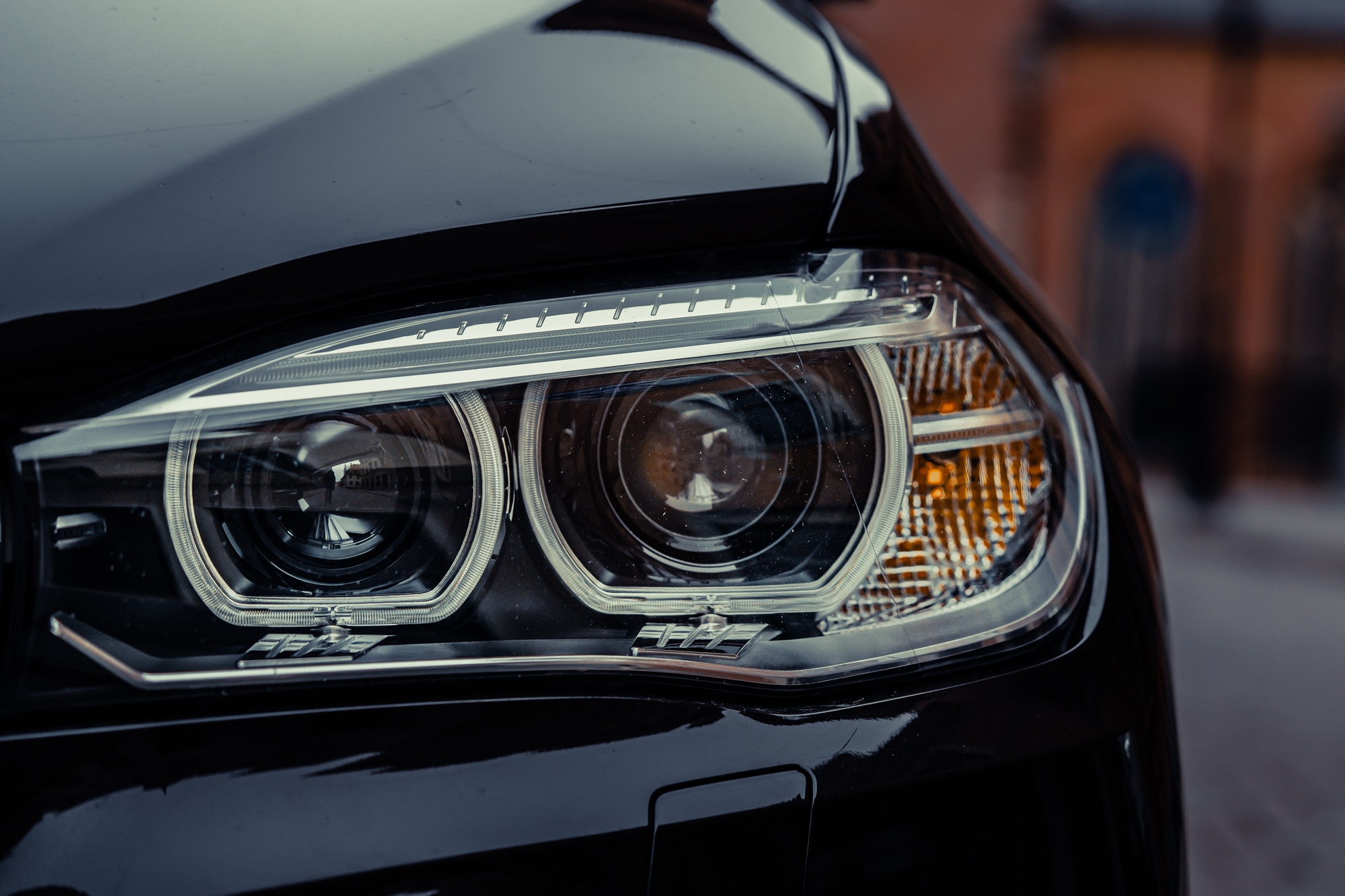How to Pick the Best Replacement Headlights
Know what to look for and what to avoid when selecting new lighting.
 Shutterstock
Shutterstock
You may not think about them often, but your headlights are one of your car’s most important safety features, letting you see and be seen in the dark. When it comes to replacing or upgrading your bulbs, you need to know what you’re looking at.
Know the Lingo: Sealed Beam, Halogen, HID, LED, Laser
Your owner’s manual will tell you what kind of lighting system your car has along with what specific size and type of bulbs you’ll need. Keep in mind that some cars use one technology for the low-beams and another for the high-beams, sometimes with a third thrown in for the turn signals. Below is an explanation of each type:
What to Look for in a Replacement Bulb
LED and laser lights should last forever, but if a problem comes up, you’ll have to replace the entire headlamp assembly, which can cost hundreds or thousands of dollars. Replacement sealed-beam units are relatively inexpensive, around $10 to $20. They’re available with halogen bulbs or LEDs for improved visibility and longer life.
If your car has halogen or HID lights, the bulbs that came with it likely prioritize longevity over brightness. You can do better than that, and the good news is that even the nicest headlight bulbs aren’t that expensive (think $30).
All road-legal bulbs have to meet certain DOT standards for output (in lumens) and power (watts) based on their type. You’ll find standard bulbs like the ones from the factory, as well as long-life options that sacrifice output for longevity, and “high-efficacy” variants that put out more light. Things like color and color temperature are marketing distractions, and in the case of blue-tinted bulbs, they can actually increase glare and shorten bulb life unnecessarily.
We recommend sticking with name brands and going for the highest-output variant. Avoid the gimmicky colors and always replace your bulbs in pairs; it’s important that your headlamps shine evenly, and if one bulb is burnt out, the other isn’t far behind.
That Upgrade Probably Isn’t One
You may be tempted to swap to a better lighting technology, and many companies will sell you an HID “upgrade” kit for your halogen units or an LED bulb that’ll fit in a xenon light socket. We don’t recommend this route for a few reasons.
Changing the type of light source will yield poor results because the housing and its components (such as reflectors or projectors) need to be tuned for the light source. LEDs emit light in a different pattern altogether, and they can’t imitate either an HID or halogen, so the optics just won’t line up.
Occasionally folks find a way to upgrade from the standard factory halogen lamps to optional HID units, but it involves rewiring and the addition of high-voltage ballasts. In most cases, your time and money are better spent on good-quality replacement bulbs. Safety beats aesthetics every time.
Written by humans.
Edited by humans.
 David Gluckman
David GluckmanDavid Gluckman has over a decade of experience as a writer and editor for print and digital automotive publications. He can parallel park a school bus, has a spreadsheet listing every vehicle he’s ever tested, and once drove a Lincoln Town Car 63 mph in reverse. When David’s not searching for the perfect used car, you can find him sampling the latest gimmicky foodstuffs that America has to offer.
Related articles
View more related articles